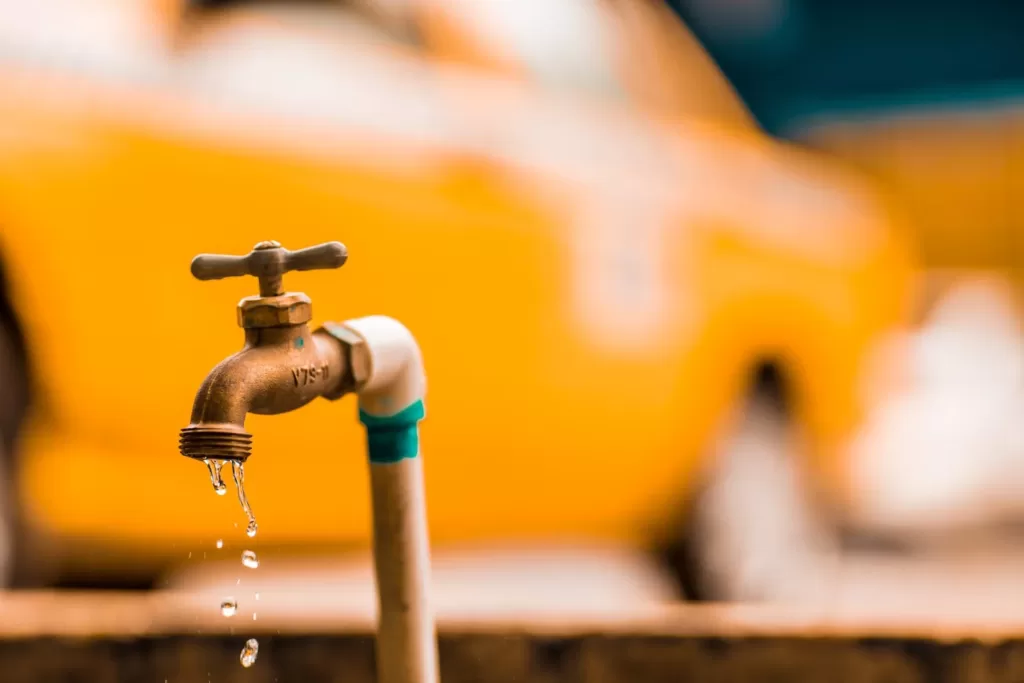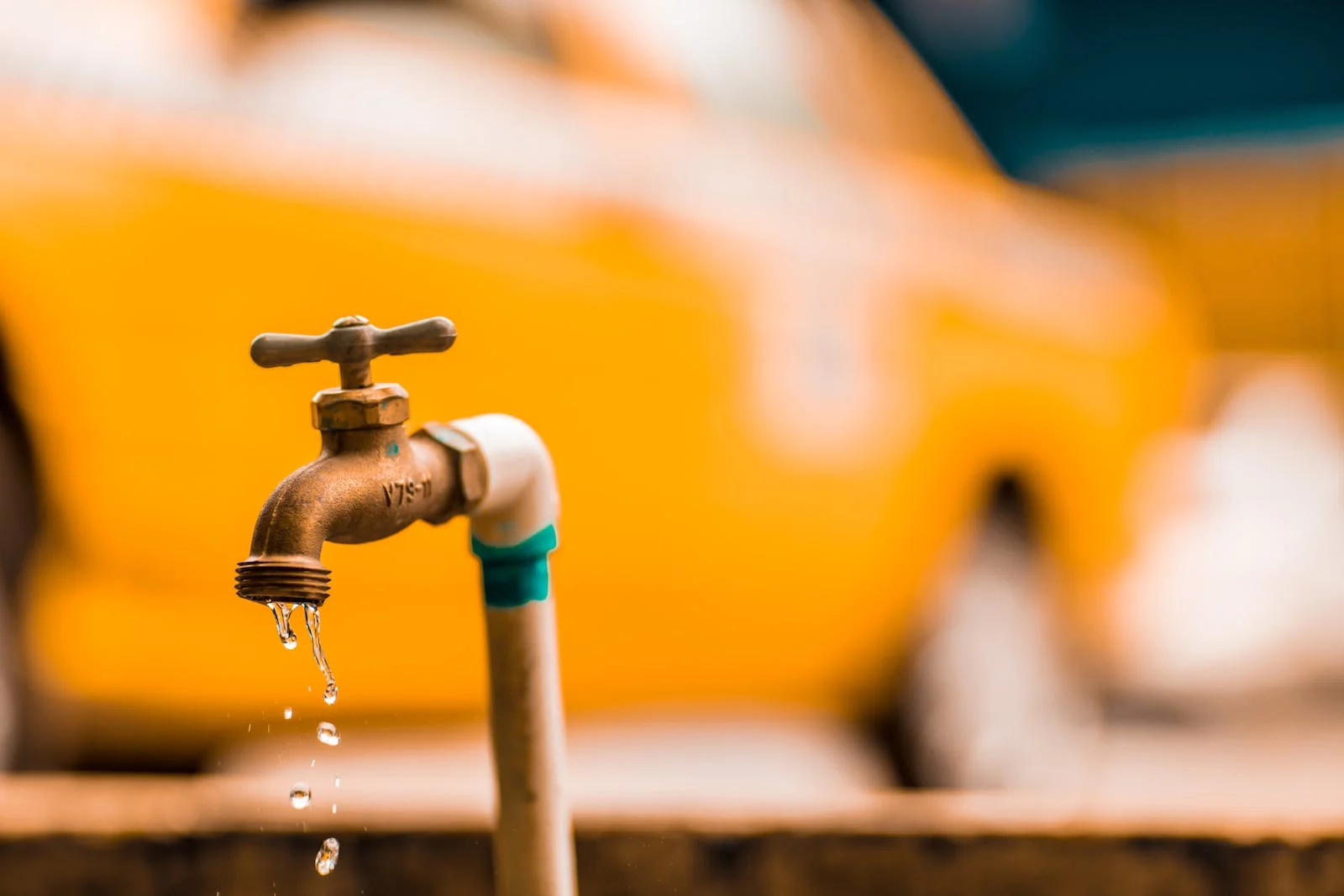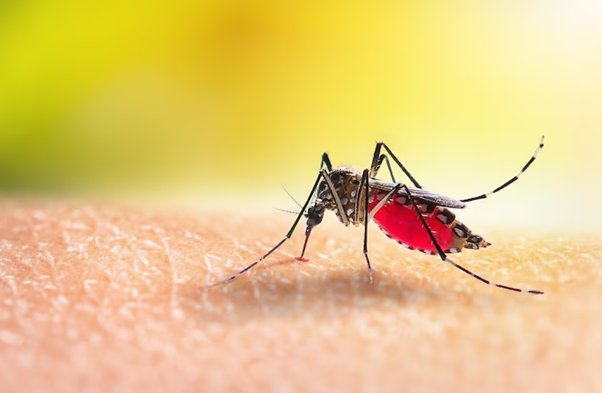Water damage can result from various sources, and understanding the types of water damage and their restoration challenges is essential for effectively addressing and mitigating the damage.

Water damage is typically categorized into three main types: clean water damage, greywater damage, and blackwater damage.
Each type poses unique restoration challenges due to the source and the potential contaminants.
Clean Water Damage:
Source:
Clean water damage originates from uncontaminated sources such as broken pipes, overflowing sinks, or rainwater leaks.
Restoration Challenges:
While clean water is less likely to contain harmful contaminants initially, it can still cause significant damage if not addressed promptly.
The main challenges include preventing mold growth and structural damage and ensuring thorough drying to prevent secondary damage.
Greywater Damage:
Source:
Greywater is slightly contaminated water containing contaminants like soap, grease, or food particles. It can come from dishwashers, washing machines, or shower drains.
Restoration Challenges:
Greywater can pose health risks if not handled properly. Restoration involves removing contaminants, drying affected areas, and deodorizing to prevent foul odors. If not addressed promptly, greywater can deteriorate into blackwater damage.
Blackwater Damage:
Source:
Blackwater is the most contaminated type of water damage and often contains sewage, chemicals, or harmful bacteria. It can result from sewer backups, toilet overflows, or flooding from natural disasters.
Restoration Challenges:
Blackwater damage presents significant health hazards and is the most challenging to restore. The restoration process involves thorough disinfection, removal of contaminated materials, and special precautions to protect the health of restoration workers. Structural damage may also be severe in blackwater incidents.
Local Expertise and Regulations:
When dealing with water damage restoration in Birmingham, AL, it’s essential to consider local regulations and climate factors.
Read Also :
Local experts are familiar with the specific challenges posed by the climate in Birmingham, such as high humidity levels, which can exacerbate water damage and mold growth.
They also understand the local building codes and permits required for restoration work in the area.
When searching for water damage restoration services in Birmingham, AL, it’s advisable to hire a company that specializes in this field and has experience dealing with the unique challenges presented by the local environment.
These professionals will not only have the necessary skills and equipment but will also be well-versed in the specific regulations and considerations relevant to the Birmingham area.
Common Restoration Challenges for All Types of Water Damage:
Mold Growth:
Mold can grow within 24-48 hours in a damp environment. Restoration professionals must ensure thorough drying and apply anti-microbial treatments to prevent mold infestation.
Structural Damage:
Water can weaken structures, including walls, floors, and ceilings. In severe cases, it may compromise the structural integrity of a building, necessitating repairs or replacements.
Health Risks:
Depending on the water’s source, there may be health risks associated with bacteria, viruses, and other contaminants. Protective gear and proper sanitation are crucial for the safety of restoration crews and occupants.
Electrical Hazards:
Water damage can compromise electrical systems, creating electrical hazards. Turning off power to affected areas before restoration work begins is essential.
Hidden Damage:
Water can infiltrate hidden spaces like wall cavities and subfloors. Professionals often use moisture meters and thermal imaging to identify and address hidden damage.
Content Restoration:
Water damage can affect personal belongings, furniture, and electronics. Restoration professionals may need to clean, disinfect, and restore these items.
Insurance and Documentation:
Proper damage documentation is crucial for insurance claims. Restoration professionals must work closely with insurance companies to ensure that all necessary documentation is provided.
Conclusion
In conclusion, understanding the different types of water damage and their restoration challenges is essential for a successful restoration process.
Prompt and thorough action is crucial to minimize damage, prevent health hazards, and restore the affected property to its pre-damage condition. It’s often best to consult with experienced water damage restoration professionals to ensure a safe and effective restoration process.










